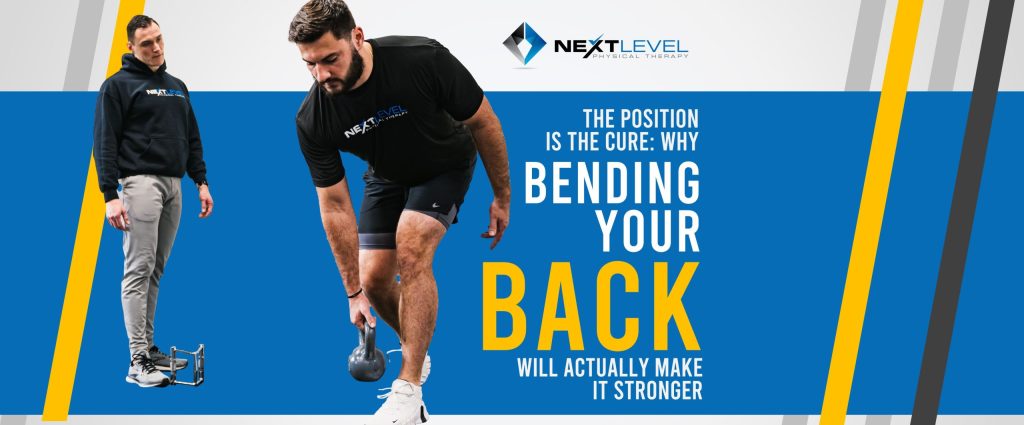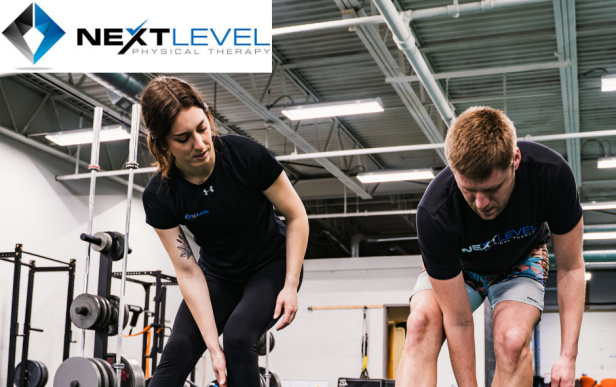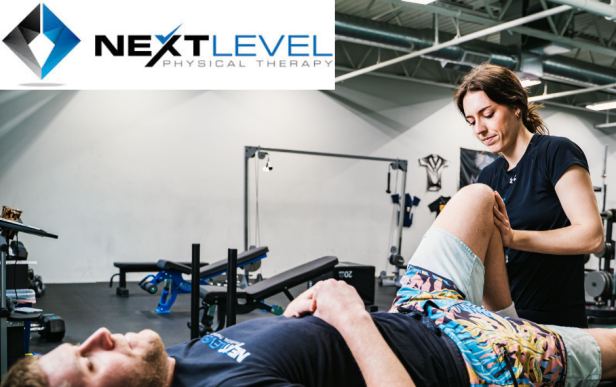Author: Dr. Colin Butler, DPT, ATC
Low back pain is as much a part of the human experience as is getting the common cold: virtually everyone is going to have a run in with it during their lifetime, and how bad a case of it is unpredictable (all possible traumatic causes aside).
What’s equally as likely as your chances of having low back pain, is to then be told that “strengthening your core” or improving your core stability is the answer.
I’m here to tell you that this reductionist solution may not be the full story and can even be harmful to your longevity and long-term physical function if you’re someone who has had bouts of low back pain in the past or is currently suffering from it.
When people are told that they need to improve their core stability, what is usually being recommended is that individuals learn to adopt a fixed position of their midline, learn to create significant tension in all of their abdominal and back muscles, and then move their extremities without allowing their midline position to change.
Training your midline to resist creating motion IS important. It’s an important function of the body to resist creating motion in some situations. When carrying a heavy object, it’s actually advantageous to be able to create significant tension through your midline to resist motion, because any extra motion created is extra physical work that must be spent to complete that task.
And after having an acute back injury where there could be body tissue strain or sprain that has occurred, your back might not tolerate creating a lot of motion. Exercises where you are learning to resist creating motion might be some of the only activities your back can tolerate for a while and can be a lever to help you capture some of the pain-relieving effects of exercise while not provoking any mechanical sensitivity in your back from your injury.
Want to know the craziest thing about low back pain? Most people that have an episode of it will get better entirely on their own with enough time. You might not have to change the way your abdominal muscles coordinate to resolve your pain.
One of the variables that I hypothesize might affect some people in making their recovery is believing that their backs are unstable, and that they have to use a braced midline strategy for everything that they do, or they will hurt their back more.
Picking up your clothes off the floor should not require that your only option is to squeeze your body as hard as possible and try to do your best 2-by-4 impersonation. You shouldn’t have to do the strictest hip hinge ever to brush your teeth in the evening.
If, after the acute and early phase of pain has passed, the only thing you continue to train your spine to do is not create any kind of rotation or forward or backwards motion, you will lose the full range of motion that your spine has access to. And once you stop using all the motion that a spine is capable of, you stop exposing the spine and all of it’s attached musculature and connective tissue to the forces created by that movement, so they begin to decondition and become tolerant of less.
Now a strategy that was adaptive in the short term has become a hindrance in the long term.
If bending over is difficult, it might not be that bending over and letting your back bend is harmful, it might be that you’ve trained your spine to stay rigidly straight all the time.
Clinically, in my patients who present like this, we may start with an activity like the hooklying two arm reach to begin to recapture some of the hip and pelvis motions that correlate with creating a lower back that is capable of flexing.
Once we’ve worked on building the mechanical prerequisites to using a different movement strategy, we will usually progress to an activity to directly retrain the motion but with an add-on to encourage the bending mechanics possible, like a heel elevated toe touch. This continues to retrain NOT using a braced strategy that doesn’t allow the spine to bend and starts to re-expose the back and its supporting muscles to the forces of creating motion in a different way so that it can begin to adapt to those stresses and not be overly challenged by them.
A full range of motion Jefferson Curl is an excellent later stage option for getting the spine to bend and use all its possible range of motion. It also is phenomenal for building strength and control through many positions that folks frequently find themselves tweaking their back in – possibly because they don’t regularly expose their spines to load in those specific angles and “awkward” positions.
Training your back to resist creating motion is just one quality that it needs to be resistant to injury in the future. We should strive to have a spine capable of creating enough motion for us to do our daily tasks and activities we love, to resist motion when needed, and to condition our spine to be okay being loaded in “injury prone” positions.
A universal principle is that our bodies adapt to what we repeatedly expose them to and recover from. In this case, retraining your back to bend can be a cure for the function that you lost after your initial back injury.



